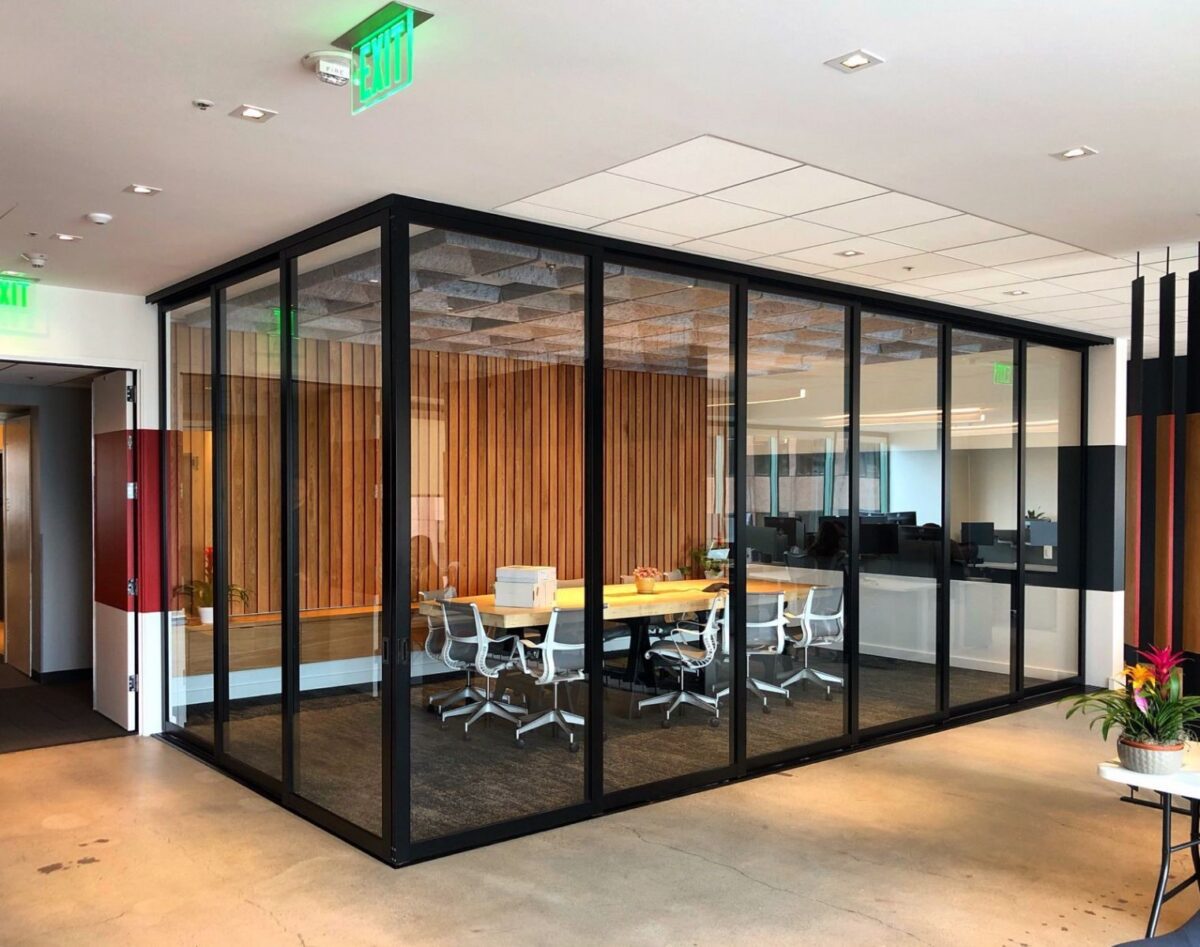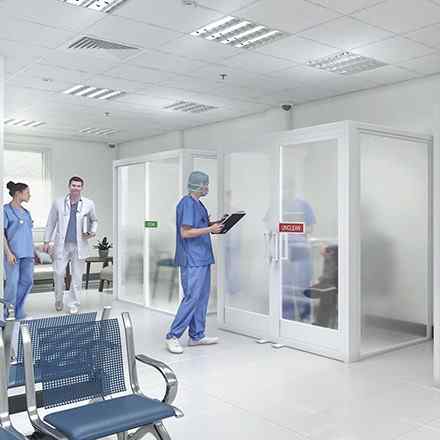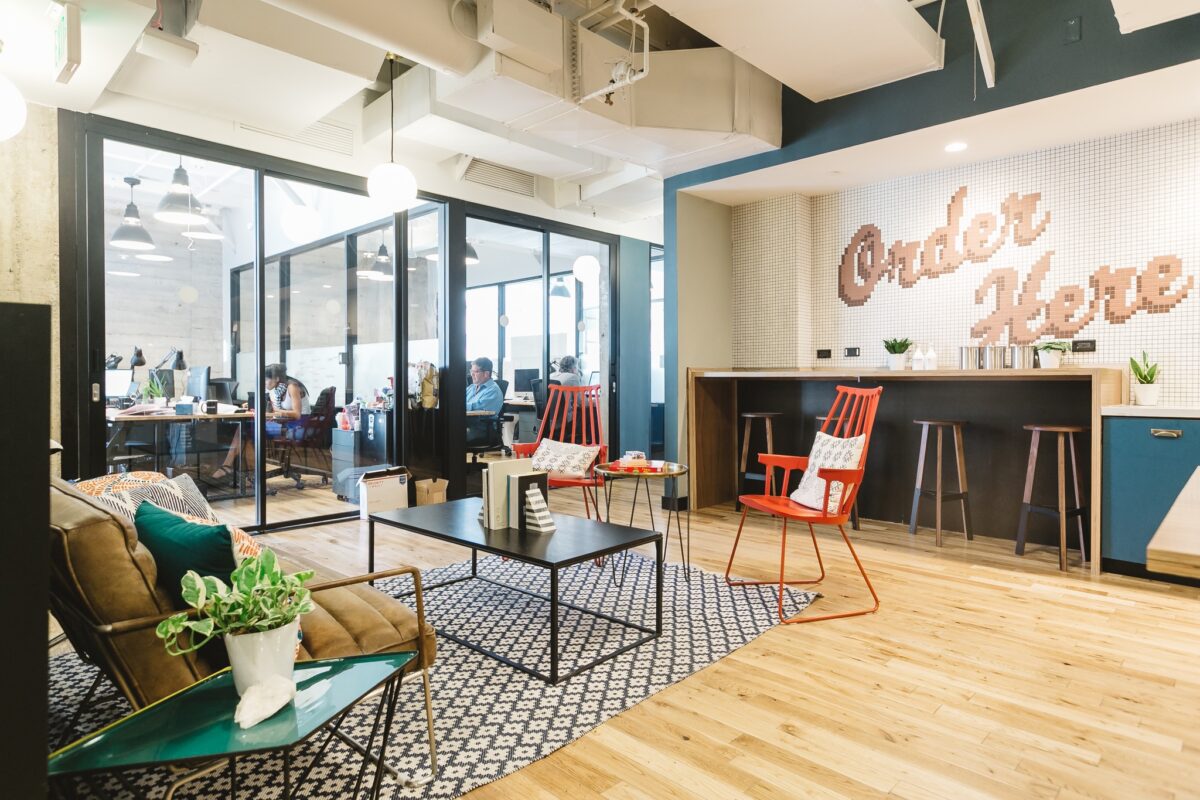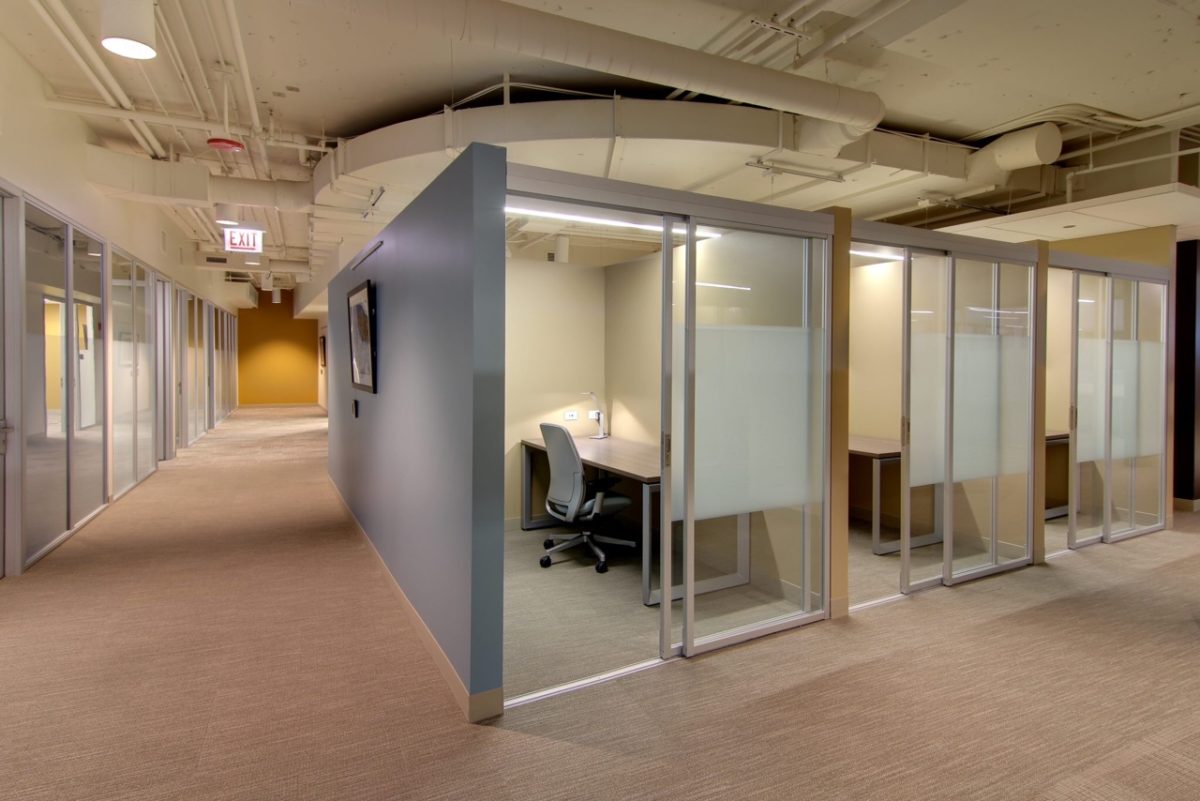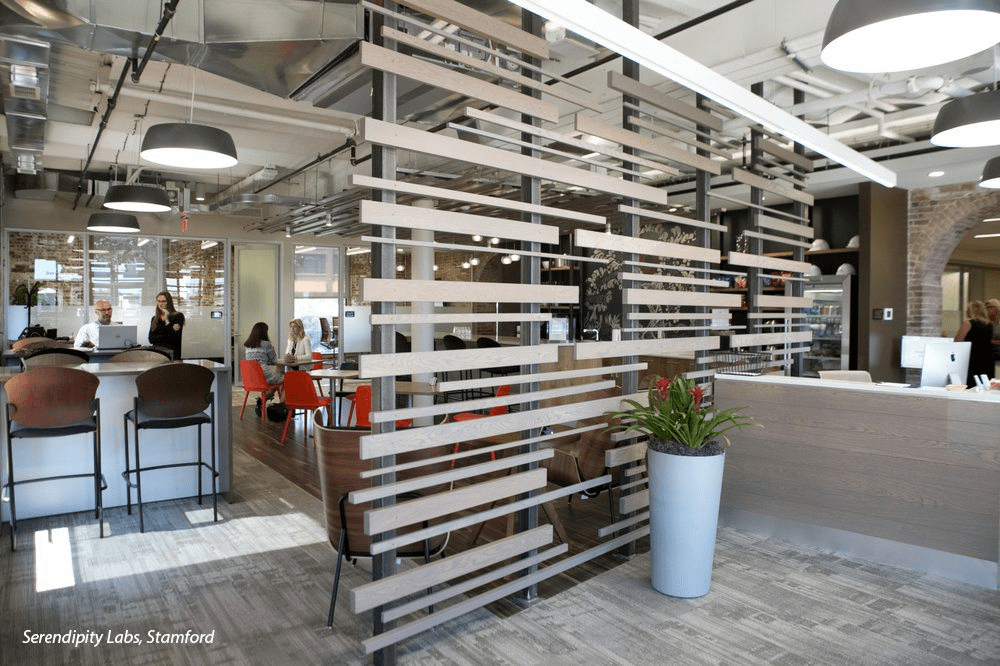The U.S. spends $1 trillion a year on energy—nearly 6 percent of its GDP. Small businesses alone spend $60 billion a year to power their operations.
While costs vary from one business to the next, by making good energy choices, even small businesses can save as much money and prevent as much pollution—per square foot—as large corporations.
If you’re a business owner, energy efficiency is good for your bottom line and your public image. Here are 3 ways to slash energy costs and generate good PR for your business.
1: Promote good airflow.
Pockets of frigid and stagnant air are annoying for employees and can overtax heating and air conditioning systems. Promote good airflow in your office by following these tips:
- Check for ventilation blockages. Employees often deal with temperature discomfort by closing or blocking air conditioning registers and vents. If you discover closed vents, reopen them and use vent diverters and deflectors to make individual employees more comfortable.
- Arrange office partitions to maximize airflow. Make sure cubicles are evenly spaced with aisles in between to allow for good airflow.
- Change HVAC filters regularly. A dirty filter makes your HVAC system work harder, increasing energy costs.
- Make sure ducts are in good condition. Leaky and poorly insulated ducts are huge energy wasters. If you’re not sure about the condition of your ducts, call in a specialist.
- Call an HVAC specialist if you change the layout or usage of your space. Reconfiguring a space can create airflow imbalances. If you make significant changes to the layout of your office or add staff, call in an HVAC specialist, who will make ductwork changes to improve airflow as needed.
- Install a programmable thermostat. When programmed correctly, a thermostat can save you hundreds each year on energy costs.
- Take advantage of windows. Although somewhat rare in commercial spaces today, if your building has windows that open and close, take advantage of them when weather is good. Turn off your HVAC system and open windows to let in fresh air.
2: Invest in energy-efficient lighting.
Lighting costs make up around 20% of all the electricity used in the United States today, but lighting has come a long way in terms of efficiency.
Today, LEDs are replacing even energy-efficient fluorescents. LED lighting systems can deliver many more lumens per watt than comparable fluorescents. If replacing your lighting system isn’t cost effective or practical, here are some other ways to manage energy consumption from lighting:
- Use bi-level switching. This allows you to control a lighting system in groups of fixtures—for example, to turn off half the lights in a room.
- Install occupancy sensors. We’ve all encountered these sensors at some point. Occupancy sensors detect the motion of the occupants in the room. When no motion is detected, the lights automatically shut off. Movement triggers the lights to come back on.
- Install dimmers. Both LEDs and CFLs come in dimmable varieties (make sure the label says dimmable). You can manually dim the lights or buy daylight dimmer switches with special sensors that automatically dim the lights depending on how much natural light is available.
3: Invest in ENERGY STAR-certified products.
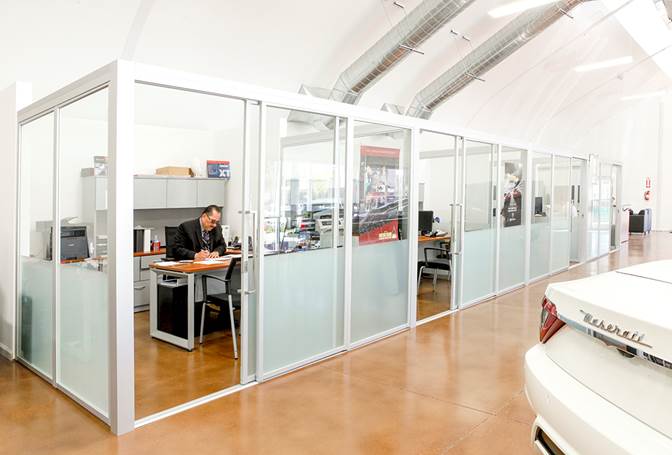

The U.S. could prevent 15 billion pounds of greenhouse gas emissions if all computers sold in the country were ENERGY STAR certified, according to the Environmental Protection Agency.
Investing in ENERGY STAR-certified laptops and desktop computers can help you reduce energy costs. Take it a step further by investing in ENERGY STAR-certified printers, copiers, TVs, ceiling fans, dishwashers, and other appliances and equipment.
Publicize your move toward greater energy efficiency.
Making energy efficient changes at your business is a PR opportunity. Environmentally conscious businesses are increasingly attractive to consumers these days. Don’t hesitate to publicize changes you’ve made to improve energy efficiency.
Blog about it (remember to include statistics) and consider doing a press release. Especially if you’re a larger or well-known company, or you’ve invested in renewable energy credits or carbon offsets, you should have a lot of newsworthy topics.
Space Plus: Helping Businesses Create More Energy-Efficient Spaces
Today’s businesses need state-of-the-art solutions, and Space Plus, a division of The Sliding Door Company, delivers.
The open-top design of our office partitions and sliding room dividers are designed to let light in and help promote good air circulation. Our talented team will help you choose from a variety of designs, glass types, and frame finishes to suit your space and help you reach your energy savings goals.
View our gallery for inspiration and learn more about our interior door solutions for office environments here.




